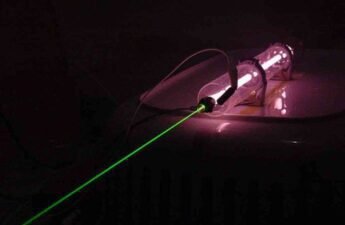Meeting requests, today’s subject is the operation of pHmeter. An instrument that measures acidity and alkalinity of solutions.
Category: Electronics
MOSFET: how does it work?
The MOSFET is another type of field effect transistor. Much more used than JFET and it’s the most important component for digital computers.
Junction field effect transistor
The junction field effect transistor (FET) is a component with many applications. In this post, are shown the structure and the operation.
How CCD sensor works?
The CCD is the abbreviation of Charged Couple Device. This light sensor is very used to obtain images in digital cameras, telescopes and smartphones.
Gyroscope: what is it and how does it work?
This post’s subject is the gyroscope. An instrument of great utility for electronic devices and for air, naval, and space navigations.
Carbon nanotubes: what are they?
The carbon nanotubes are another carbon allotropic form, they have many interesting properties and promise many applications.
Laser types (Part 3, fiber laser)
In this third part, are shown the operation principle, advantages and disadvantages, and the applications of fiber laser.
Wattmeter: operation and main types
Fulfilling the request, This post’s subject is wattmeter operation. An instrument that measures provided or dissipated power in a circuit.
Laser types (Part 2, diode lasers)
Semiconductor or diode lasers are the most used nowadays. The operation and materials used in this type of laser are shown in this post.
Laser types (Part 1, gas lasers)
This is the first post of laser types series. Toady’s subject is the operation of the main gas lasers, which were created in the 1960s.









